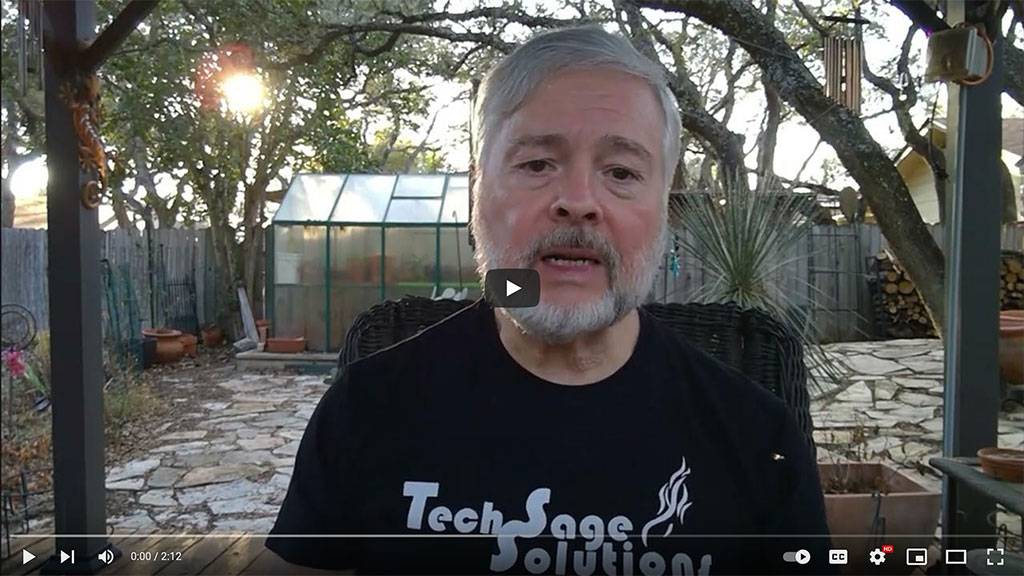
Most of or maybe all of us have clicked on a phishing email at some point in our lives. Most of them were easy to spot only a few years ago. But even then, if you were in a hurry or distracted by something, you probably opened one. Right now, they're so realistic that it's easier than ever to accidentally click. So let's talk about why this happens. A phishing email is a bogus email. It's very carefully designed to look like a legitimate request or attach file from a site you trust in an effort to get you to willingly give up your login information to a particular website or to click and download a virus or some other type of malware. Often these emails look 100% legitimate and show up in the form of a PDF, like a scanned document or a UPS or FedEx Tracking number. Bank Letter Facebook Alert. Bank Notification. That's what makes these so dangerous is they look exactly like a legitimate email addresses. So here's the way you can tell a phishing email from a legitimate one.
What telltale signs should you be looking for? First, carefully check the email. You might discover that the email that looks like it's coming from the boss is actually from a Gmail account or, you know, no company email at all. Second, hover over the URL in the email, but don't click it to see the actual website you'll be directed to. If there's a mismatch or suspicious URL, then just delete that email immediately. If you're unsure, you can go directly to the website by typing it's in your browser rather than clicking on the link. Another telltale sign is poor grammar and spelling. Even though this doesn't happen as much now as it used to.








